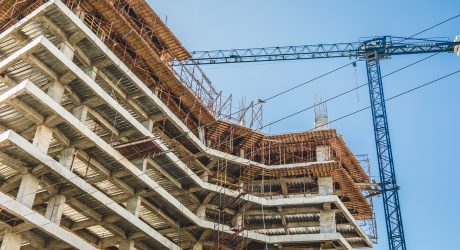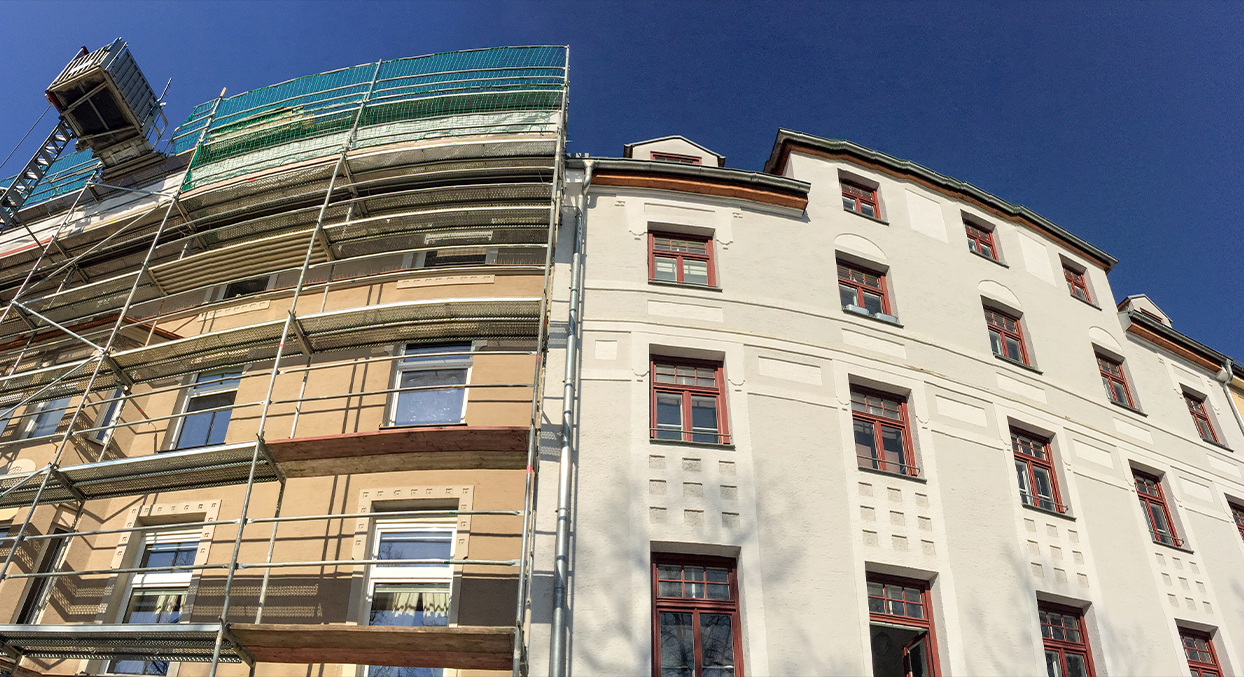In an article first published in Lexis PSL, James Le Gallais and Anastasia Nourescu review the first Court of Appeal judgment to consider the application of the Business Premises Renovation Allowance (“BPRA”) on the conversion of a flight training centre near London Luton Airport into a hotel.
The court found in favour of HMRC, construing the scope of the allowance narrowly and limiting the types of expenditure that qualify for BPRA. The decision will impact several open HMRC enquiries on BPRA and will also be relevant to other capital allowances that turn on whether expenditure was incurred for a particular purpose. HMRC is paying close attention to tax relief claims more generally, and it remains to be seen whether it will seek to rely on this judgment to take a more restrictive approach to such claims.
What was the background to this case?
The BPRA was a temporary capital allowance on property transactions that was intended to encourage investment in derelict or unused properties in disadvantaged areas in order to bring them back into use. Part 3A of the Capital Allowances Act 2001 provided for a 100% capital allowance for expenditure incurred on or in connection with the conversion, renovation or repair of business premises. The BPRA was withdrawn in 2017, but there are still a number of ongoing enquiries in relation to BPRA claims.
The London Luton Hotel BPRA Property Fund LLP (“the LLP”) entered into an agreement with a property developer for the conversion of a former flight training centre near London Luton Airport into a Ramada Encore Hotel. The LLP paid £12.5m for the developer’s services and submitted a claim for relief on that sum under BPRA. HMRC disallowed £5m of the amount claimed on the basis that it did not constitute qualifying expenditure.
The appeal centred on whether the sum paid to the developer qualified for BPRA as a whole. The First-tier Tribunal (“FTT”) rejected this argument and held that the individual items of expenditure set out in the contract had to be considered separately. The FTT held that only some of these items, including certain fixtures and promoter fees, qualified for relief under BPRA. On appeal, the Upper Tribunal (“UT”) reversed the FTT’s decision in part, finding that most items qualified for BPRA.
HMRC appealed to the Court of Appeal, and the LLP cross-appealed. The court issued its judgment on 4 April 2023.
The Court of Appeal found in favour of HMRC, allowing its appeal and dismissing each of the taxpayer’s grounds. The court considered two main issues, which we discuss below.
Was the expenditure incurred in connection with the conversion of the property?
Firstly, the court considered whether the entire amount claimed was incurred on or in connection with the conversion of the property. As it was agreed that it was not incurred “on” the conversion, the court had to decide the meaning of the words “in connection with”. Looking at the statutory context and the policy behind the legislation and made three findings, it found that physical works were “at the heart” of the BPRA regime and the words “in connection with” should therefore be construed “relatively narrowly”. Only expenditure connected with the conversion of property that leads to its being available and suitable for letting can qualify for relief.
Applying these findings to the case, the court held that the contracts and arrangements between the parties showed that each of the constituent elements of the sum paid to the developer was “earmarked” for a specific purpose and had to be considered separately.
Which items qualify for BPRA?
Secondly, the court applied its findings on the first issue to each of five constituent elements paid by the LLP to the developer, including promoter fees and franchise costs. It found that four of these items did not qualify as they were either too remote from the physical works or lacked commerciality altogether. A fifth item, which was a residual amount that could not be attributed to a specific right acquired by the LLP, was apportioned in accordance with the percentage of qualifying expenditure of the total claim.
What are the practical implications of this case?
Although the BPRA has now expired, the Court of Appeal judgment indicates that there are over £100m of open BPRA enquiries and cases to which its decision will be relevant. It remains to be seen if the taxpayer appeals the decision to the Supreme Court. If it does not, HMRC will seek to apply the Court of Appeal’s “relatively narrow” interpretation of the BPRA to all open enquiries and will take a strict approach to whether expenditure was incurred “in connection with” the conversion or renovation of a property. In considering specific cases, HMRC will likely take the same approach as the court and look at each item of expenditure individually, only considering a payment as a whole if the contractual framework and arrangement between the parties support that approach. However, the outcome of each claim will ultimately be fact-specific, and it will be open to taxpayers to argue that specific types of expenditure qualify for BPRA.
Given HMRC’s increasing focus on tax relief claims, it may seek to read the court’s narrow interpretation across to other capital allowances. The scope of an allowance will depend on the context and purpose of the statutory regime in question, although the test for establishing whether expenditure qualifies for relief will often turn on whether it was incurred for a particular purpose. Taxpayers should be alive to and resist any attempt by HMRC to restrict the scope of other allowances in the absence of case law on the specific legislation.
You can find further information regarding our expertise, experience and team on our Tax Litigation and Resolution page.
If you require assistance from our team, please contact us.
Subscribe – In order to receive our news straight to your inbox, subscribe here. Our newsletters are sent no more than once a month.






